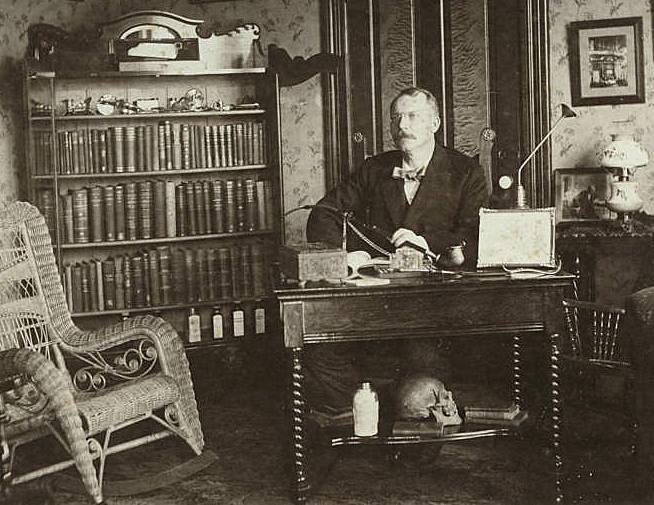Every time we are afflicted with a headache, hangnail or even the common cold, most of us simply pop down to the local drugstore and pick up an over-the-counter remedy. But chemical-induced drugs aren’t always best for us, and we also should consider: What if the drugstore is closed – or we can’t make it there – next time?
Trust our ancestors to have the answers. While we can’t really ask the pioneers what they used, they left records of their commonly used herbs and home remedies to guide us.
One herb that has been all but forgotten in today’s modern age is feverfew. This plant was very valuable to the Native American tribes as well as to the 1800s-era pioneers.
Fast, All-Natural Pain Relief With No Nasty Side Effects! [2]
Let’s take a look at how it was used and how you might be able to grow your own for an unlimited supply.
What is Feverfew?
Feverfew (tanacetum parthenium) is a perennial flowering herb that is sometimes called “bachelor’s buttons.” In certain areas, it can grow 24 inches tall and equally as wide. It also is one of the oldest herbs known to man. While no one is sure when it started being used, it was first mentioned during the first century by Greek physician Pedanius Dioscorides.
Feverfew can cause allergic reactions, so it is best to try a small amount first. It is related to chrysanthanims, so if you are allergic to those, steer clear!
Also, even though this plant is pretty to look at, do not put fresh leaves or flowers in your mouth, as it has a natural irritant. While it may not actually harm you, it can cause a burning sensation and even mouth sores.
How Did Our Ancestors Use It?
This plant has a pretty impressive background in that not only has it been used for centuries, but modern research has backed up quite a few of these folk remedy uses.
The name, obviously, implies that it can reduce fevers, and that is perhaps what it is best known for. However, it can be used for much more.
Feverfew is a terrific way to stop migraine headaches (when consumed at the onset) as well as other types of headaches and muscle tension. It is also a general pain reliever.
It is a natural anti-inflammatory herb, which makes it perfect for healing and reducing the pain of twisted ankles, arthritis and even menstrual cramps. In the case of arthritis and cramps, one needs to consume it on a regular basis. Women should start consuming feverfew a week before their cycle is to start and continue until the second day of their period.
Prior to the discovery of willow bark and aspirin, it was feverfew that midwives and doctors turned to for pain relief, fever reducing, and most types of muscle cramps.
Like chamomile, feverfew will calm most muscle spasms, which makes it not only a good pain reliever for general muscle pain due to overuse, but it causes the muscles to relax.
How To Use It
As mentioned earlier, don’t put fresh leaves or flowers in your mouth. You can certainly buy feverfew capsules, but why not grow your own?
New ‘Survival Herb Bank’ Gives You Access to God’s Amazing Medicine Chest [4]
Feverfew leaves and flowers can be washed and then used in either a tea or a tincture form. Many people find that two or three cups of tea each day works best to stop pain, inflammation and persistent headaches.
Grow It Yourself
This pretty flowering plant is hardy to zone 5. Don’t cover the seeds completely with soil, as they must have sunlight to sprout; sprinkle lightly with water each day until they sprout. You can thin them to 15 inches apart when they are about five inches tall.
They aren’t fussy plants, but they do need sunlight, so try to find a spot where they get a minimum of six hours each day. Harvest and dry the flowers and leaves as they grow. It will reseed itself if you allow a few plants to go to seed. Any remaining plants should be cut to the ground with the first frost. It will grow back again in the spring and generally produces flowers between July and October.
Good to Know
Doctors in the days of the pioneers used to suggest feverfew for “women who are a bit giddy in the head.” They didn’t mean giddy the way we do today, but rather for those who suffer from what we today call migraines.
In the Middle Ages, feverfew was believed to clean the air of germs and stop rabies.
Bugs of all kinds do not like this plant — including bees!
Have you ever grown or used feverfew? Share your tips in the section below:


